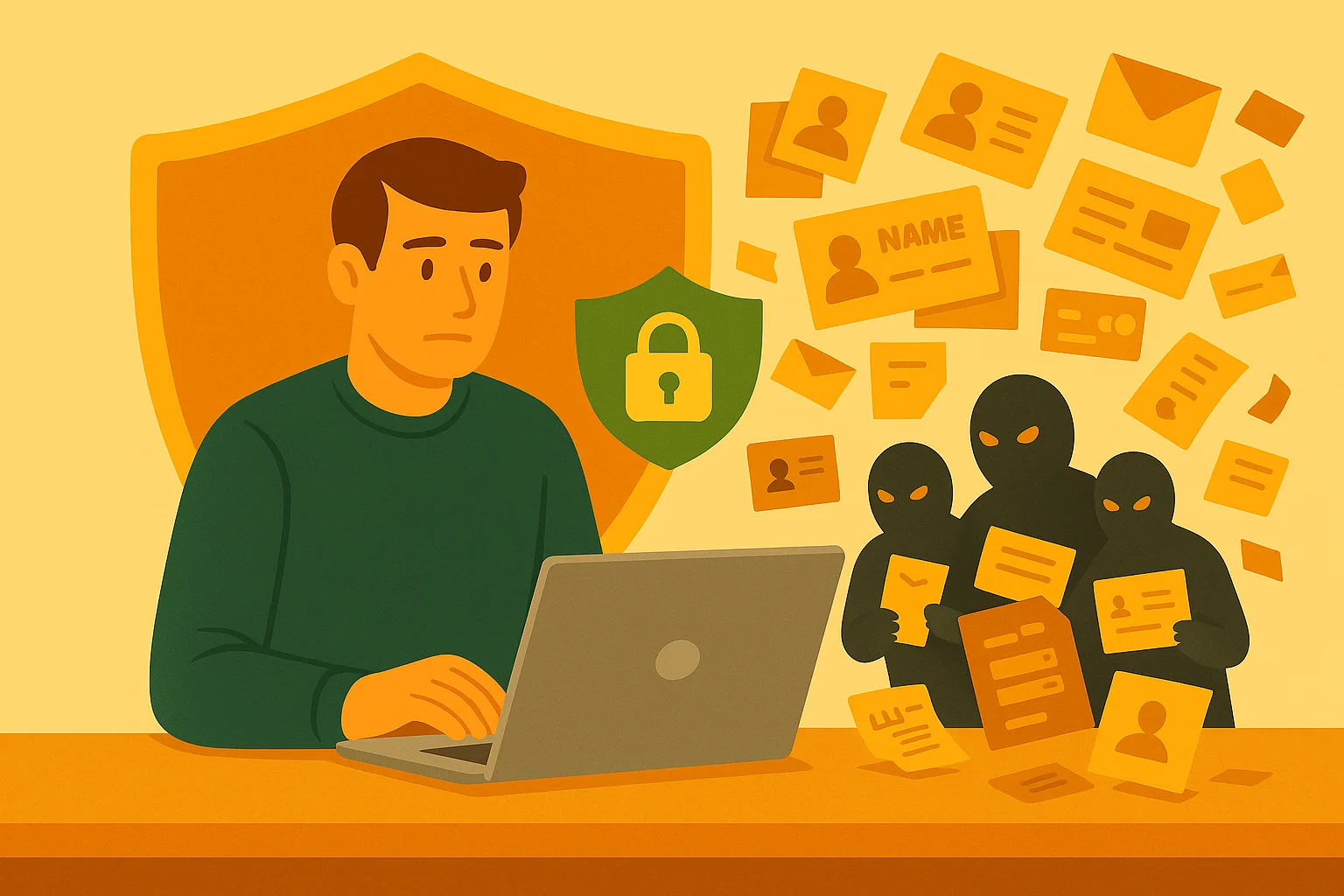DNS, WebRTC & IPv6 Leaks: Test and Fix in 10 Minutes
September 15, 2025
A VPN encrypts your traffic—but your apps and browser can still leak clues. Run these quick tests and lock things down.
What’s a “leak” and why it matters
A “leak” is any way your real network info slips out around your VPN tunnel—typically DNS servers, WebRTC local IPs, or IPv6 paths. Leaks can expose your ISP, approximate location, or enable linkability across sessions—hurting privacy and sometimes geo-access.
1) DNS leaks
Symptom: Sites resolve via café/hotel/ISP DNS instead of your VPN’s resolvers.
Test: https://www.dnsleaktest.com/ → Extended Test. You should see your VPN’s DNS (or your DoH/DoT endpoint), not the local network.
Fix: Enable “Use VPN DNS/Prevent DNS leaks” in your VPN app. On Android 9+, set Private DNS (DoT): Settings → Network & Internet → Private DNS → provider hostname (e.g., dns.quad9.net). Guide: https://support.google.com/android/answer/9081830?hl=en
2) WebRTC leaks
Symptom: Browser reveals local/private IPs—or even your real public IP—to sites via WebRTC.
Test: https://browserleaks.com/webrtc while connected to the VPN.
Fix:
- Brave: Configure WebRTC IP handling to prevent non-proxied UDP: link above.
- Firefox: Enable HTTPS-Only; consider privacy extensions limiting WebRTC.
- Some VPN apps offer WebRTC leak protection—turn it on if available.
3) IPv6 leaks
Symptom: Device prefers IPv6 routes that your VPN doesn’t tunnel, exposing your ISP/location.
Test: https://test-ipv6.com/ (compare IPv4 vs IPv6 endpoints with VPN on).
Fix: Use a VPN that supports IPv6-in-tunnel; otherwise disable IPv6 at OS level or in the VPN app as a temporary workaround.
Quick hardening checklist (≈10 minutes)
- Connect VPN → run IP/DNS tests: https://ipleak.net/ and https://www.dnsleaktest.com/
- Fix DNS: ensure VPN DNS or set Private DNS (Android). Re-test.
- Fix WebRTC: adjust browser/VPN settings. Re-test at browserleaks.
- Fix IPv6: tunnel or disable it; re-test at test-ipv6.
- Enable kill switch and auto-connect on untrusted Wi-Fi in your VPN app.
- Keep OS/browser updated and use MFA on important accounts.
FAQs
Will a VPN always fix leaks?
Not by itself. The VPN secures the tunnel, but the OS and browser decide how DNS, WebRTC, and IPv6 behave.
Is disabling WebRTC safe?
If you rely on video calls, completely disabling WebRTC can break features. Prefer restricting IP exposure rather than removing WebRTC entirely.
Do smart-DNS tools cause leaks?
They intentionally bypass the VPN to change region. Use them only if you understand the privacy trade-offs.
Bottom line
A VPN is the foundation, but leak hygiene makes the privacy real. Run the tests, flip a few toggles, and close the remaining gaps—without sacrificing speed.
Useful links
- DNS leak test: https://www.dnsleaktest.com/
- WebRTC leak check: https://browserleaks.com/webrtc
- IPv6 test: https://test-ipv6.com/
- WireGuard: https://www.wireguard.com/
- EFF SSD: https://ssd.eff.org/
Secure Your Connection with Oak VPN
Experience military-grade encryption, unlimited bandwidth, and servers across the globe. Try it risk-free with our 7-day money-back guarantee.
